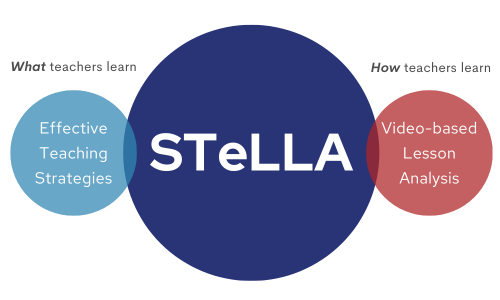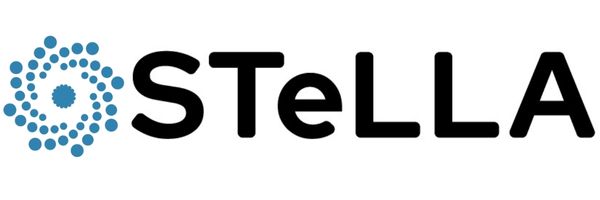How STeLLA Works

STeLLA brings together two powerful approaches to teacher professional learning.
What teachers learn in STeLLA is a set of high-leverage teaching strategies, identified through research on the instructional practices of highly effective science teachers. These strategies include engaging student thinking and organizing instruction in a way that connects science ideas.
How teachers learn in STeLLA is through video-based lesson analysis, in which they study videos of teachers attempting to implement the STeLLA teaching strategies.
The combination—learning to use high-leverage STeLLA teaching strategies through video-based lesson analysis—transforms the way teachers motivate students to learn science.
STeLLA is designed as a three-phase process that is facilitated by expert mentors in-person, online, or in a hybrid format over the course of one school year (approximately 90 hours).
Phase 1
STeLLA Strategies
Teachers learn STeLLA strategies, focused on student thinking and coherent instruction.
Video-based Lesson Analysis
Teachers analyze videos of other educators using the STeLLA strategies along with their lesson plans and work from their students.
Phase 2
STeLLA Strategies
Teachers use lesson plans designed to encourage the use of STeLLA strategies.
Video-based Lesson Analysis
Teachers analyze videos and student work from their own classrooms and reflect on how they can improve.
Phase 3
STeLLA Strategies
Teachers collaboratively plan their own lessons incorporating STeLLA strategies.
Video-based Lesson Analysis
Teachers analyze videos and student work from their own classrooms and reflect on how they can improve.

